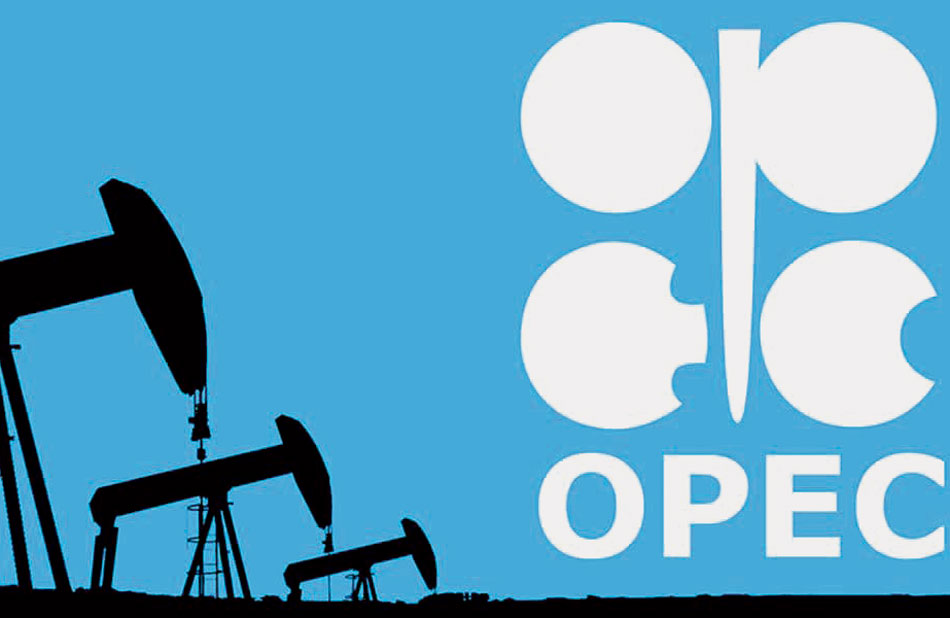

Muscat, March 2 - Opec’s crude oil exports to the US, which reached a five-year low in January, is a trend that will not be reversed despite the global demand for oil surpassing 100 million barrels a day in the fourth quarter for the first time, according to an overwhelming majority of those polled in a Gulf Intelligence GIQ Survey ahead of the IPWEEK Middle East Energy Summit in London. Saudi Arabia, the largest oil producer within the Organization of Petroleum Exporting Countries, has seen its crude exports to the US drop steadily over recent years, from 1.361 million bpd in 2012 to 1.052 million bpd in 2015, and then to 949,000 bpd by 2017, to about 500,000 barrels a day by the end of last year.
The US has been importing less crude oil altogether — not just less Opec crude. With the rise of US shale, the US has cut its thirst for foreign crude oil from 262.8 million barrels per month in January 2017 to 226.6 million in October 2018 — the last month for which there is data, according to the EIA.
“Whatever oil exporting opportunity still remains in the US over the coming years will probably be taken up by those closest such as Mexico and Canada, while Middle East Arab producers will be increasingly compelled to compete for Asian market share,” said Sean Evers, Managing Partner, Gulf Intelligence.
Some 70 per cent of those polled said they expect the Opec+ group of 25 oil producing countries to fully comply with their pledge to remove 1.2 million b/d from the market in the first half of this year. Yet even with full compliance to output cuts, the majority of those (52 per cent) polled in the GIQ Survey ahead of the 3rd Gulf Intelligence Middle East Energy Summit at International Petroleum (IP) Week in London this week, expect Brent crude prices to be $10 lower this year and average in the $60s a barrel range in 2019.
Oil prices broke through the $80/bbl mark in October on the back of a very successful level of compliance throughout the year by oil producers to the previous Opec+ output cut deal, as well as continued growth in global oil demand. However, in the 4th quarter, an unexpected US waiver on Iran oil sanctions coupled with reduced IMF GDP global forecasts, including for China, placed a strong downward pressure on prices.
The collapse in oil prices may have influenced the 60 per cent of the Survey respondents who advocated that Opec should return to their 2014 strategy of fighting for market share, rather than the current plan of curtailing supply in pursuit of higher prices.
Brent crude oil prices closed at $64 per barrel last week.
Longer-term, the IEA expects world oil demand to rise for at least the next 20 years, on target for 125 million barrels per day by around mid-century.
How Middle East producers plan to meet this rising demand whilst also maintaining their immediate competitive edge on the global market and meeting sustainability targets — the region is expected to more than triple its share of renewable energy from 5.6 per cent in 2016 to 20.6 per cent in 2035 — will feature as key points of discussion at the Middle East Energy Summit. (Courtesy: Gulf Intelligence)
Oman Observer is now on the WhatsApp channel. Click here



